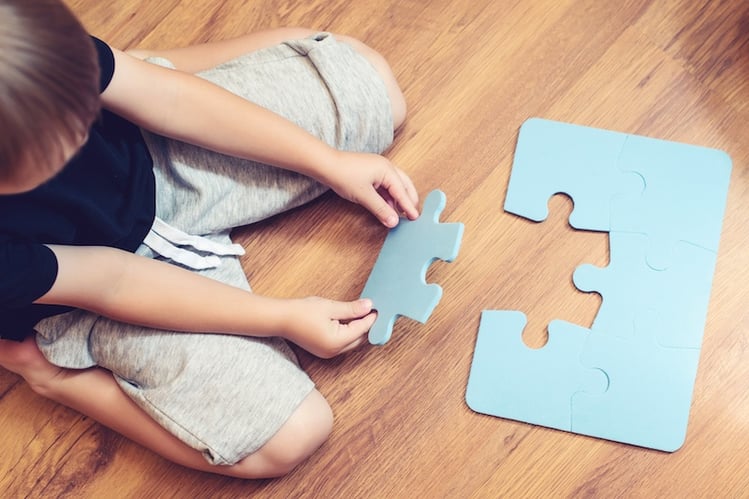
Life can be difficult for children who experience
visual processing difficulties. These issues aren’t related to the physical health of the eyes, but rather the brain processes that allow children to understand the visual information being received. Visual closure is an important skill to master, especially when it comes to reading and writing.
What Is Visual Closure?
Visual closure is the brain’s ability to recognize a familiar item, word or picture when only shown a small part of it. It’s the way the mind uses past information to "fill in the blanks" to envision the whole. Visual closure is an especially important skill for children learning to read, since it’s what enables a reader to recognize a sight word instead of having to sound it out each time.
How to Detect Visual Closure Problems
If your child exhibits the following visual processing symptoms, he or she might have trouble with visual closure:
- Your child has trouble finding items if part of it is hidden.
- Your child has trouble pulling the correct book or paper from a stack.
- Your child needs extra time to sound out words he or she has already learned.
- Your child has trouble putting together jigsaw puzzles.
- Your child has trouble with games that require guessing an item based on a close-up photo of it.
If you suspect a problem, it’s a good idea to ask for a conference with your child’s teacher to get additional insight. You may also wish to see a specialist for testing and additional support to get your child back on track.
Activities to Remediate Visual Closure Weaknesses
There are also activities and games you can try at home to help your child build visual closure skills. Jigsaw puzzles are a classic choice, since they require children to look at small pieces of a whole to figure out how the parts are related. You can also try an
online version in which a puzzle is slowly put together and your child tries to guess what it is as quickly as possible.
For artistic children, paint by numbers activities are a fun way to encourage them to see how the pieces of a work of art come together. Work on just one color at a time, and have your child announce when he or she "sees" the big picture.

Contact us today to schedule an assessment. You can also view the research and results of the program on the website.